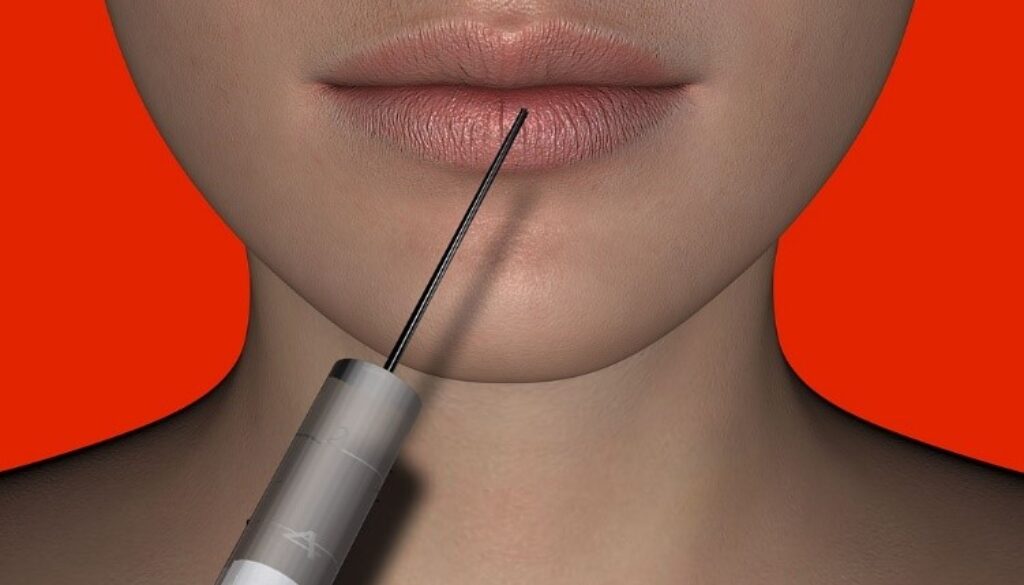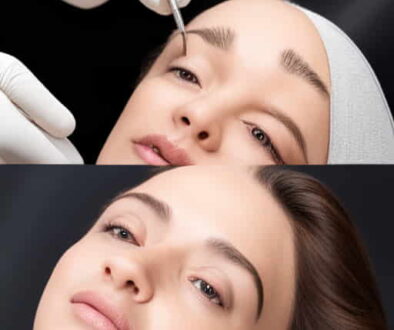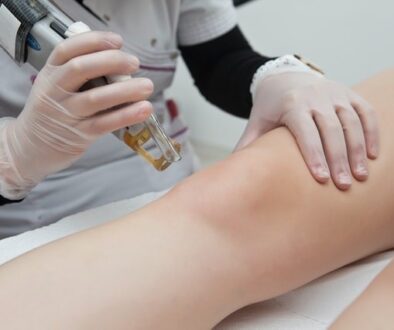Myths and Facts About Botox
One often hears the term Botox used loosely when discussing antiaging beauty treatments or celebrity beauty regimes; however, one needs more than mere magazine suggestions to make an informed decision. One needs nothing less than the best Botox Pittsburgh.
Busting myths and reading facts would be an effective way to find your path to the Best Botox in Pittsburgh. Let’s get started, then.
Myth #1 Botox can kill you!
Yes, we are taking the bull by its horns. Many believe in the misinformation that Botox is a poison, which could paralyze you or even kill you. This is far from the truth.
Fact #1 When injected by a professional and in the right quantity, Botox can be a lifesaver.
To understand this, let’s begin by understanding what exactly is Botox and where would one find the Best Botox in Pittsburgh.
Botox is manufactured using the Botulinum toxin1 that is produced by the bacterium
Clostridium botulinum. Now, pause and breathe before you freak out after reading the word toxin. When used for remedial purposes, Botox is safe and has very few side effects. In principle, Botox prevents the release of a key protein—acetylcholine—in turn preventing the muscles from contracting, making it look more firm and lifted. As a result, you have fewer frown lines, crow’s feet, and wrinkles. The key to remember here is, consulting a professional who will inject the right quantity. What’s not to love!
Myth #2 Botox makes you look plastic.
A common trope among those unaware is that a Botox treatment can make you look emotionless and nearly plastic.
Fact #2 Reiterating the importance of a professional and the right quantity, the best Botox in Pittsburgh can make one look more youthful and rejuvenated. An increased dose of Botox can result in more stiffness than expected, which is why one must not settle with an inexperienced professional. A learned, experienced professional will guide you with the exact dose required for you. Nothing more, nothing less, giving you the desired results.
Myth #3 People in the prime of their youth don’t need Botox.
This is possibly the most common misconception surrounding Botox. The media, when referring to older celebrities getting the treatment, also reiterates this myth.
Fact #3 The best Botox is indeed preventive in nature.
Do not wait for fine lines and wrinkles to show before opting for the best Botox treatment in Pittsburgh. The trend of preventive Botox is picking up after increased awareness that evident signs of aging make the procedure prolonged and expensive. In contrast, opting for the treatment earlier trains facial muscles, reducing the number of wrinkles that may appear with some repetitive expressions2. Don’t hold on to getting an appointment with a professional.
Myth #4 Botox is for women.
A myth peddled by mainstream media and a sexist society that needs busting ASAP.
Fact #4 Both men and women fall prey to vanity.
Both men and women wish for eternal youth, equally. With the increasing acceptance of metrosexual men, more men are stepping out to get their routine beauty fixes3, and one can count Botox treatments among them. That being said, men require a higher dose of Botox, owing to their stronger facial muscles4.
Myth #5 Botox has limited use.
That may be the case for those with limited knowledge; however, the well-read will vouch for its multifaceted use.
Fact #5 Botox finds its use in more than one area of the face and more than one area of medicine. That’s right! Wish to treat the softening jawline, or the drooping corners of your mouth, or merely lift your eyebrows? Botox has the answers to all. Among other things, a Botox treatment could also help in treating strabismus5, severe underarm sweating, and prevent severe migraines.
There you are, presented with the know-all of undergoing a Botox treatment. Don’t let the unsubstantiated myths hold you back from looking and feeling your best. If a mere prick can ensure confidence, while leaving on-lookers in awe of your youthful, rejuvenated skin, then a prick it is.
That being said, the duration, dosage, and result of the treatment differ from person to person.


